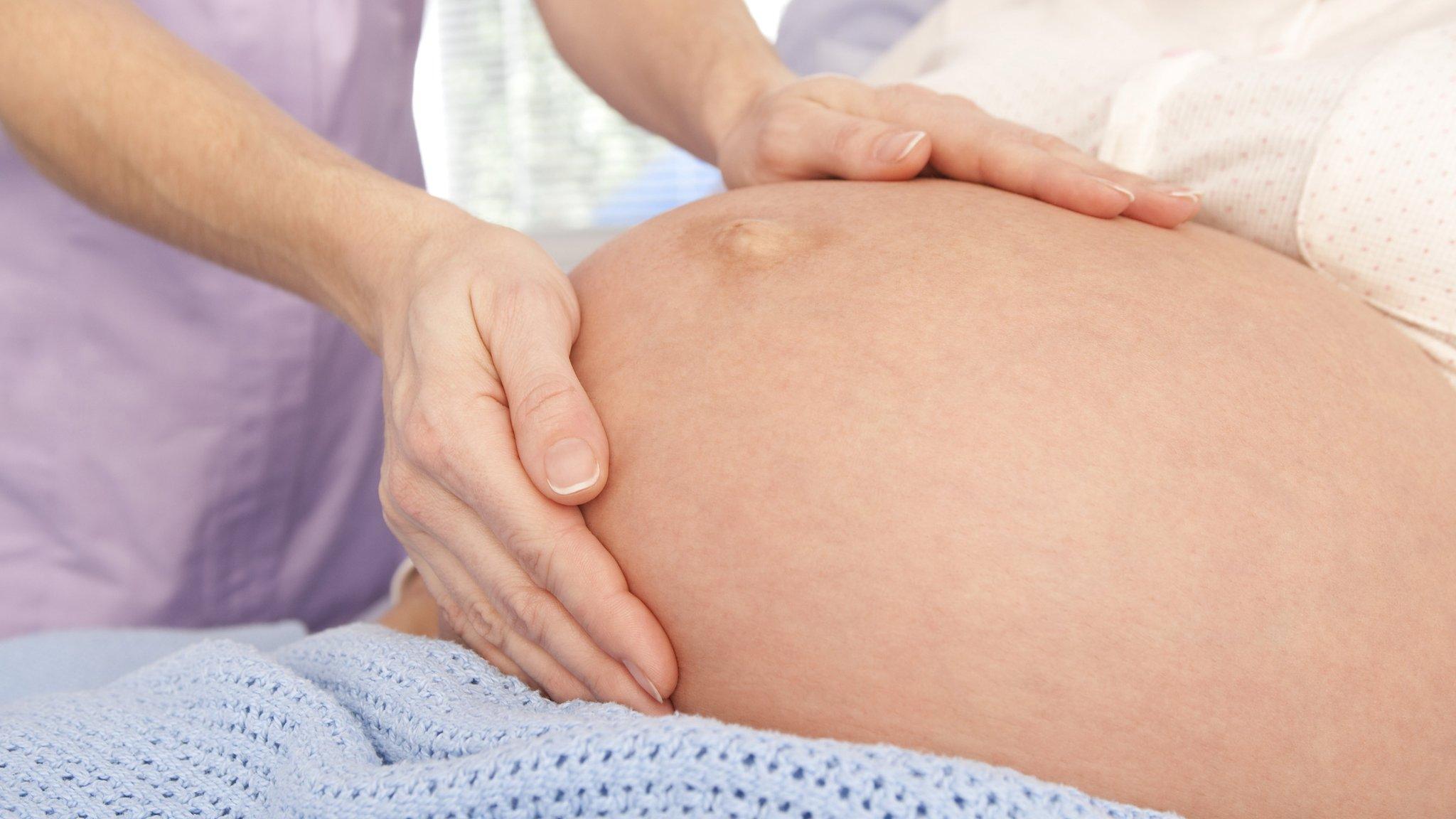Labour wards not for straightforward births' says NICE
- Published
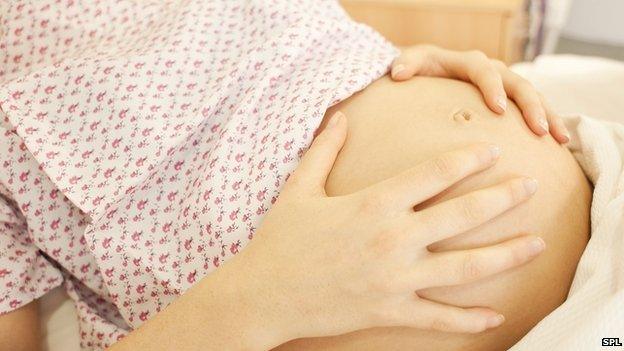
Healthy women experiencing a "straightforward" pregnancy should be encouraged to give birth in a midwife-led unit rather than a traditional labour ward, draft advice says.
The guidelines from NICE - the National Institute for Health and Care Excellence - say a home birth may be just as safe for low-risk pregnancies.
Hospital labour wards with doctors should be for difficult cases, it says.
Otherwise there is a danger of over-intervention, according to NICE.
The Royal College of Obstetricians and Gynaecologists said it supported the recommendations, as long as issues around emergency back-up options and the assessment of pregnancy risk were ironed out.
The Royal College of Midwives said more investment in midwifery would be needed to implement the changes.
Currently, some women do not have this choice of where they give birth, says the RCM.
Best evidence
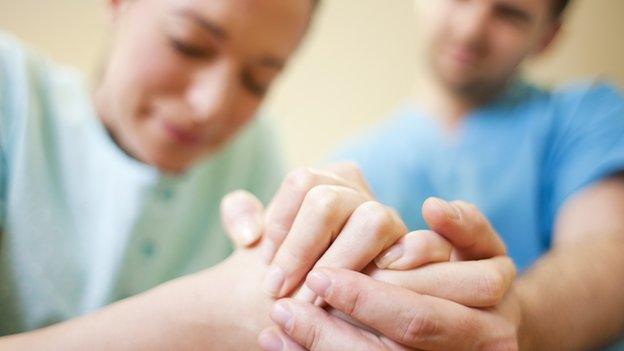
Women should have a choice about where they give birth, says NICE
NICE said new evidence had come to light that meant it needed to update its recommendations for England and Wales.
Previously, it had said that women should be given the choice of where they wanted to give birth but urged caution about home births and deliveries in midwife-led units.
Now NICE says there is good evidence that, overall, birth is very safe wherever it happens.
The Birthplace study, external - the largest carried out into the safety of different maternity settings, involving almost 65,000 births in England - found midwife-led care was just as safe as doctor-led hospital care for low-risk deliveries.
Royal College of Midwives' Louise Silverton: "Many more" midwives needed for new guidelines
A home birth carried a higher risk for first-time mothers the risk of harm was still small - less than one in every 100 deliveries.
Home births were just as safe as other settings for low-risk pregnant women who already had at least one child.
Personal choice
Christine Carson, clinical guideline programme director for NICE, said: "Every woman should ultimately have the freedom to choose where she wants to give birth and be supported in her choice.
"We're pleased we are now able to propose more definite advice to help pregnant women choose the best option for them. We now want to hear what others think so that we can ensure the final, updated guidance will promote the safest possible care for women and their babies."
Stakeholders have until the last week of June to submit comments.
The National Childbirth Trust said the draft guidance should be put into practice as soon as possible, but must be backed up by enough midwives with sufficient resources for women to have a real choice.
The Royal College of Obstetricians and Gynaecologists (RCOG) said: "We support choice for low-risk women who have had successful previous births to give birth at home, provided transport arrangements are in place for hospital transfer in the event of an emergency or should there be a request for pain relief.
"Based on the findings from research, there are issues around the risk assessment of pregnant women and the RCOG is in favour of alongside midwifery units (AMUs) for women who may need multi-disciplinary care during delivery."
AMUs are located at a hospital that also has a labour ward.
Some 729,000 babies were born in England and Wales during 2012 - a rise of about 20% from 2002.
About 15 women in every 100 have an unplanned caesarean, although this varies around the country. Ten in every 100 births are planned caesareans.
About two in every 100 deliveries are home births.
Approximately 40 in every 100 deliveries are "normal" births - women who spontaneously go into labour and do not require any real intervention other than support and pain relief.
- Published25 November 2011
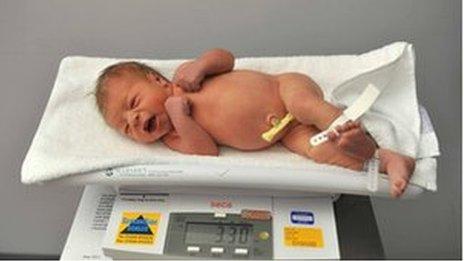
- Published28 April 2013
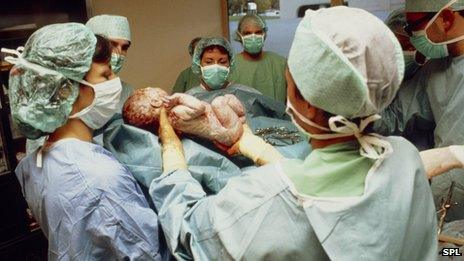
- Published28 January 2014
